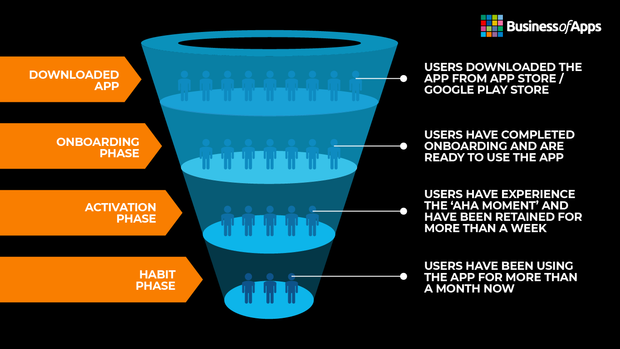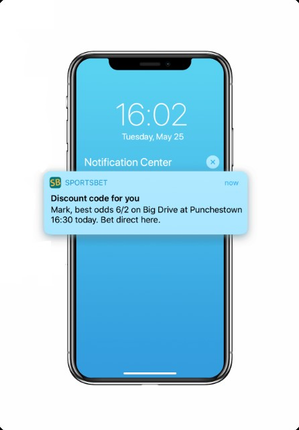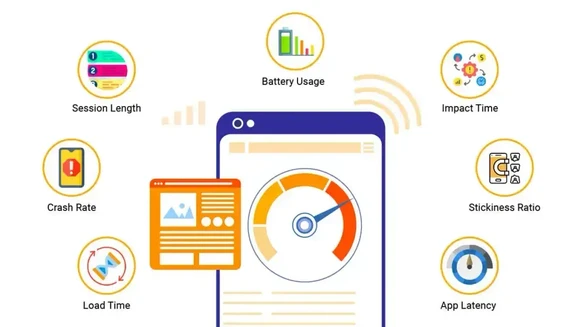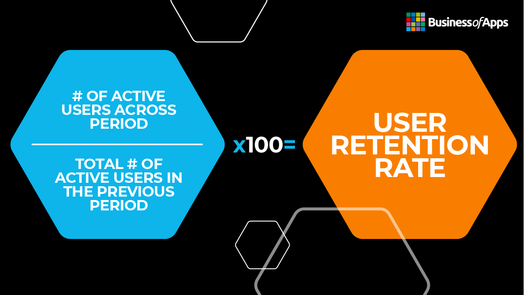Launching an app is just the beginning—keeping users engaged is the real challenge! Many apps see a sharp drop in user activity after the initial install. In fact, over 70% of users abandon an app within the first 3 days if they don’t find value.
So, how do you keep users coming back instead of uninstalling your app? The answer lies in app optimization for user retention. Let’s explore the best strategies to ensure your app remains a daily habit for users.

1. Create a Smooth Onboarding Experience
First impressions matter! A complicated or confusing onboarding process can lead to immediate drop-offs.
Keep it short and interactive
Show a quick demo of key features
Allow sign-in with social media for convenience
Highlight the value proposition upfront
Example: Duolingo keeps onboarding simple and gamified, encouraging users to start learning within seconds.
2. Personalization is the Key
Users stick with apps that understand their preferences and offer relevant experiences.
Use AI-driven recommendations based on behavior
Allow users to customize settings and notifications
Provide localized content to enhance relevance
Example: Spotify suggests playlists based on listening habits, keeping users engaged for longer.
3. Leverage Push Notifications (But Smartly!)
Push notifications can bring back inactive users, but overdoing it can lead to uninstalls.
Send value-driven notifications (offers, updates, reminders)
Use personalized messaging instead of generic alerts
Optimize timing to avoid annoying users
Example: Netflix sends a notification when a new season of a user’s favorite show drops—relevant and timely!

4. Gamification & Reward Systems
People love rewards! Gamification techniques encourage repeat usage and increase retention.
Introduce badges, points, leaderboards, and milestones
Reward users with discounts, perks, or in-app benefits
Use streaks (like Snapchat) to build daily engagement habits
Example: Starbucks' app rewards users with free drinks and exclusive offers, boosting customer loyalty.
5. Improve App Performance & Speed
Nothing frustrates users more than slow, buggy apps.
Optimize for fast loading times
Ensure smooth navigation & UI/UX
Minimize crashes and errors with regular updates
Example: Amazon's app loads quickly, ensuring a frictionless shopping experience that keeps users coming back.

6. In-App Support & Feedback Channels
Users appreciate quick help when they face issues.
Offer live chat or AI-powered chatbots
Provide an easy feedback system to fix user pain points
Regularly update based on user reviews & complaints
Example: Uber provides real-time support and allows users to rate their experience, ensuring quality service.
7. Implement a Strong Retention Loop
A retention loop creates a cycle where users keep coming back naturally.
Trigger → Action → Reward → Repeat
Example: A fitness app sends daily workout reminders, the user completes a session, earns a streak reward, and stays motivated to continue.
Example: MyFitnessPal uses streaks and progress tracking to keep users engaged long-term.

Final Thoughts: Keep Users Hooked!
User retention is the backbone of mobile app success. By optimizing onboarding, personalizing experiences, using smart notifications, gamification, and improving performance, you can turn one-time users into loyal app users.
